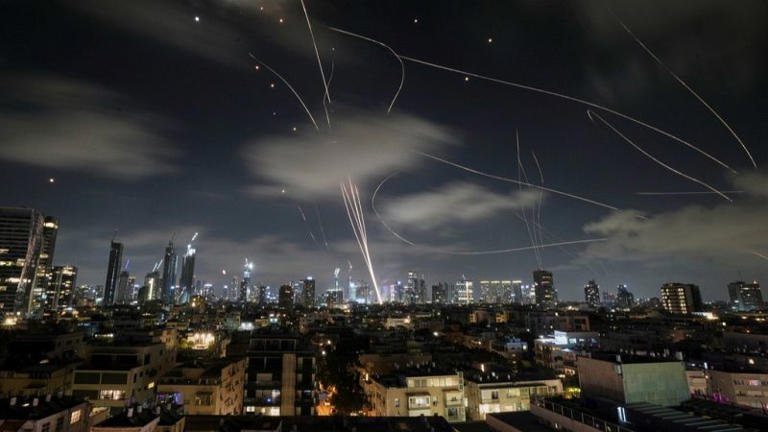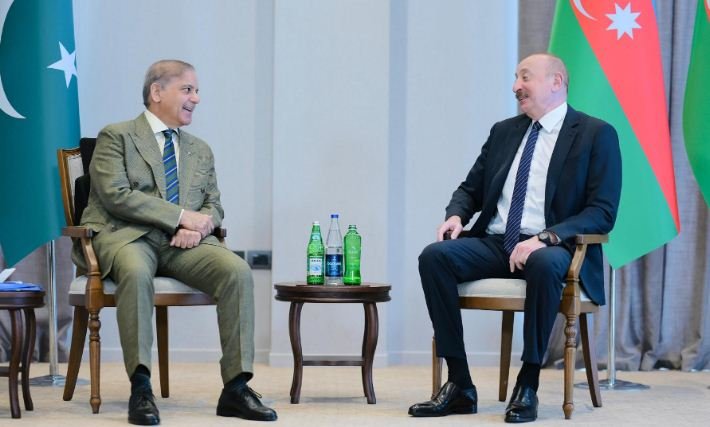
The escalating tensions between Iran and Israel have become one of the most sensitive issues in the Middle East in recent years, profoundly impacting regional power dynamics and international relations. Reciprocal statements, military maneuvers, and proxy conflicts have repeatedly pushed the situation to dangerously high levels. So, what’s the latest situation in this long-standing conflict, and what are its regional repercussions?

Core Dynamics of the Conflict
The animosity between Iran and Israel stems from various factors:
- Nuclear Program Concerns: Israel believes Iran’s nuclear program has military intentions and views it as an existential threat. Iran, however, insists its program is entirely peaceful.
- Struggle for Regional Influence: Both countries are actively trying to expand their spheres of influence in the Middle East. Iran has boosted its regional leverage, especially through groups it supports in Syria, Lebanon, and Yemen, while Israel perceives this as a threat to its security.
- Ideological Differences: The ideological disparities between the two nations and their differing approaches to the Palestinian issue also form a significant dimension of the tension.
- U.S. Role: The unconditional support provided by the U.S. to Israel and the sanctions imposed on Iran are also crucial factors influencing the course of the conflict.
Recent Developments and Repercussions
In recent times, the tension between Iran and Israel has intensified, particularly through the conflicts in the Gaza Strip and reciprocal attacks in Syria. Israeli airstrikes targeting Iran-backed militia forces and weapon depots in Syria are among the most visible manifestations of this struggle. Iran, in turn, usually responds indirectly or through its regional allies.





